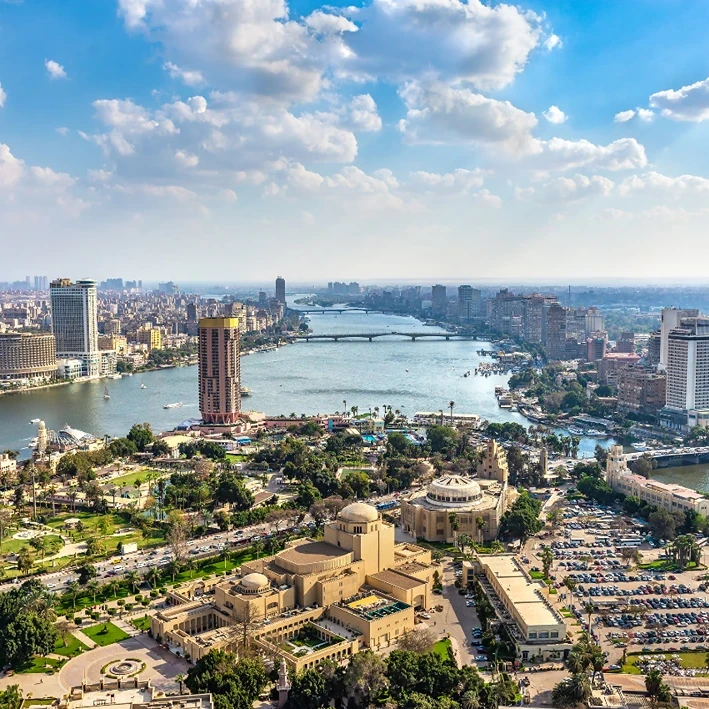Imagine navigating one of the world’s most intricate and efficient public transportation systems without getting lost or overwhelmed. Welcome to Japan, where high-speed Shinkansen, punctual local trains, reliable buses, and taxis await to simplify your travel. In this article, Xpat Journeys provides actionable tips to make your commute seamless. Whether you’re a first-time visitor or an expat settling down, mastering Japan’s transit options is crucial for an insightful and enjoyable experience. Dive in to discover how to efficiently traverse this incredible country. Planning your trip around the best time to travel to Japan can enhance your experience, allowing you to enjoy the country’s seasonal beauty and cultural events. Whether it’s cherry blossoms in spring or vibrant autumn leaves, timing your visit can make a significant difference.
Table of Contents
Public Transportation Options in Japan
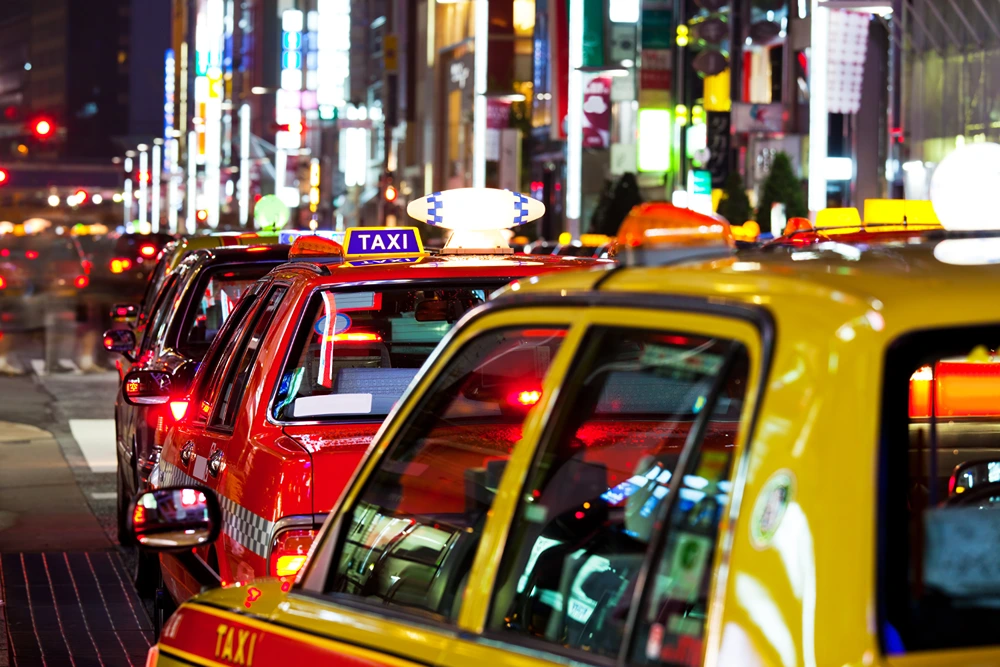
Japan’s public transportation system is renowned for its efficiency and reliability. Trains are the backbone of this system, with the Shinkansen (bullet trains) being the fastest and most popular option for long-distance travel. Local trains and subways are crucial for navigating city areas, providing frequent and punctual service. The extensive network ensures that almost every part of Japan is accessible by rail, making it the preferred mode of transport for both residents and tourists. When planning your journey, exploring the best places to visit in Japan can enhance your travel experience. From the bustling streets of Tokyo to the serene temples of Kyoto, Japan offers a diverse array of attractions that are easily accessible through its efficient transportation system.
Buses and taxis complement the train network, covering areas that are not accessible by train. Buses are an economical option and are particularly useful in rural areas and smaller cities. They operate on fixed routes and schedules, which can be easily checked at local bus stops or online. Taxis, while convenient and widely available, tend to be more expensive. They are ideal for short trips within cities or for reaching destinations that are difficult to access by public transport.
Cultural etiquette plays a significant role in using public transportation in Japan. Passengers are expected to remain quiet and refrain from using phones for calls. Eating is generally discouraged, especially on local trains and buses. Priority seats are reserved for the elderly, pregnant women, and those with disabilities. Understanding and respecting these norms ensures a pleasant experience for everyone.
- Tokyo Station
- Kyoto Station
- Osaka Station
- Nagoya Station
- Sapporo Station
Understanding the Japan Rail Pass
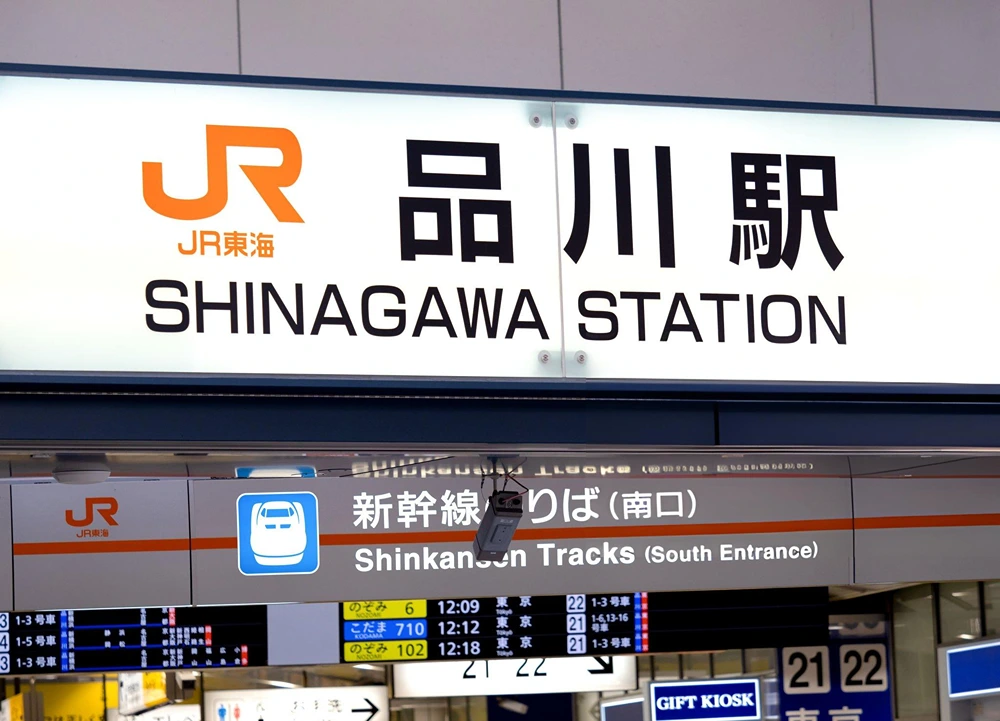
The Japan Rail Pass (JR Pass) is a cost-effective and convenient option for tourists looking to travel extensively throughout Japan. This pass allows unlimited travel on Japan Railways Group trains for a specified period, starting at ¥29,650 for a 7-day pass. The JR Pass covers the Shinkansen (bullet trains), local trains, and some JR buses, making it an ideal choice for those planning to explore multiple regions. The pass offers significant savings compared to purchasing individual tickets, especially for long-distance travel. Additionally, the flexibility of the pass allows travelers to hop on and off trains at their convenience within the validity period.
To purchase a JR Pass, tourists must buy it before arriving in Japan. Before planning your travels, ensure you are aware of the visa requirements for Japan. Understanding these requirements is crucial for a smooth entry into the country, allowing you to fully enjoy the convenience of the JR Pass and other travel amenities. The pass can be bought online through authorized vendors or travel agencies. Upon arrival in Japan, the pass needs to be activated at a JR Exchange Office, commonly found in major airports and train stations. Activation requires presenting your passport and the exchange order received at purchase. You can then select the start date of the pass, which must be within one month of activation. Once activated, the pass can be used immediately for unlimited travel on covered services.
- Shinkansen
- Local trains
- JR buses
- Limited express trains
Using Suica and Other Transportation Cards

The Suica card is an essential tool for anyone navigating Japan’s public transportation system. This rechargeable smart card can be used for trains, buses, and even vending machines, offering a seamless travel experience. An initial deposit of ¥500 is required, and the card can be easily recharged at stations, convenience stores, and other locations. Suica cards are widely accepted across Japan, making them a convenient option for both residents and tourists.
To obtain a Suica card, you can purchase it at ticket machines or counters at major train stations and airports. The process is straightforward: select the Suica card option, pay the initial deposit and any additional amount you wish to load onto the card. Recharging the card is equally simple. Look for machines or convenience stores displaying the Suica logo. Insert your card, select the recharge option, and add the desired amount. The card can hold a maximum balance of ¥20,000, ensuring you have enough credit for your travels.
Other transportation cards, such as Pasmo, Icoca, and the Welcome Suica, offer similar functionalities. Pasmo is mainly used in Tokyo, while Icoca is prevalent in the Kansai region. Both cards require the same initial deposit of ¥500 and can be recharged at the same locations as Suica. The Welcome Suica, designed specifically for tourists, does not require an initial deposit and is valid nationwide. Each card provides the same convenience and ease of use, allowing travelers to choose the one that best fits their needs.
| Card Type | Initial Deposit | Recharge Locations | Validity |
| Suica | ¥500 | Train stations, convenience stores | Nationwide |
| Pasmo | ¥500 | Train stations, convenience stores | Mainly Tokyo |
| Icoca | ¥500 | Train stations, convenience stores | Mainly Kansai |
| Welcome Suica | None | Train stations, convenience stores | Nationwide (tourists) |
Regional Transportation Tips
Tokyo boasts the most extensive train system in Japan, making it the most efficient way to get around the city. The network includes JR lines, subways, and private railways, ensuring comprehensive coverage. For intracity travel, the Tokyo Metro and Toei Subway lines are crucial. The Yamanote Line, a loop line around central Tokyo, is particularly useful for tourists. Given Tokyo’s size and complexity, using a Suica or Pasmo card simplifies navigation and offers seamless transfers between different modes of transport.
Kyoto and Osaka are known for their efficient bus and subway systems. In Kyoto, the bus network is extensive and often the best way to reach tourist spots like Kinkaku-ji and Fushimi Inari Shrine. The Kyoto City Subway, with its two lines, supplements the bus routes. In Osaka, the subway system is extensive and user-friendly, making it the best way to explore the city. The Osaka Loop Line is particularly useful for visiting major attractions. Both cities accept Suica, Pasmo, and Icoca cards for convenient travel.
Hokkaido presents unique challenges, especially in winter. The region’s train network is less extensive than those in Tokyo or Osaka, making buses and cars more viable options. Winter travel requires careful planning due to snow and icy conditions. Sapporo, Hokkaido’s largest city, has a reliable subway system and streetcars. For other regions like Hiroshima, Nagano,
Nagoya, Yokohama, and Nara, local trains and buses are generally sufficient. However, in more rural areas, renting a car can provide greater flexibility. For those interested in exploring beyond the rail lines, consider embarking on some of the best road trips in Japan. These journeys offer a unique perspective of the country’s landscapes and hidden gems, making them a perfect complement to your rail adventures.
Okinawa lacks a comprehensive train system, making buses and cars the primary modes of transportation. The Okinawa Monorail serves Naha city but does not cover the entire island. Renting a car is highly recommended for exploring Okinawa’s beaches and cultural sites. Be aware of seasonal traffic, especially during peak tourist periods.
- Use JR Pass for extensive travel.
- Suica card for convenience in cities.
- Plan for winter travel in Hokkaido.
- Utilize buses in Kyoto and Osaka.
- Consider car rentals for rural areas.
- Research local transportation apps and maps.
Ticketing Information and Cost Comparisons
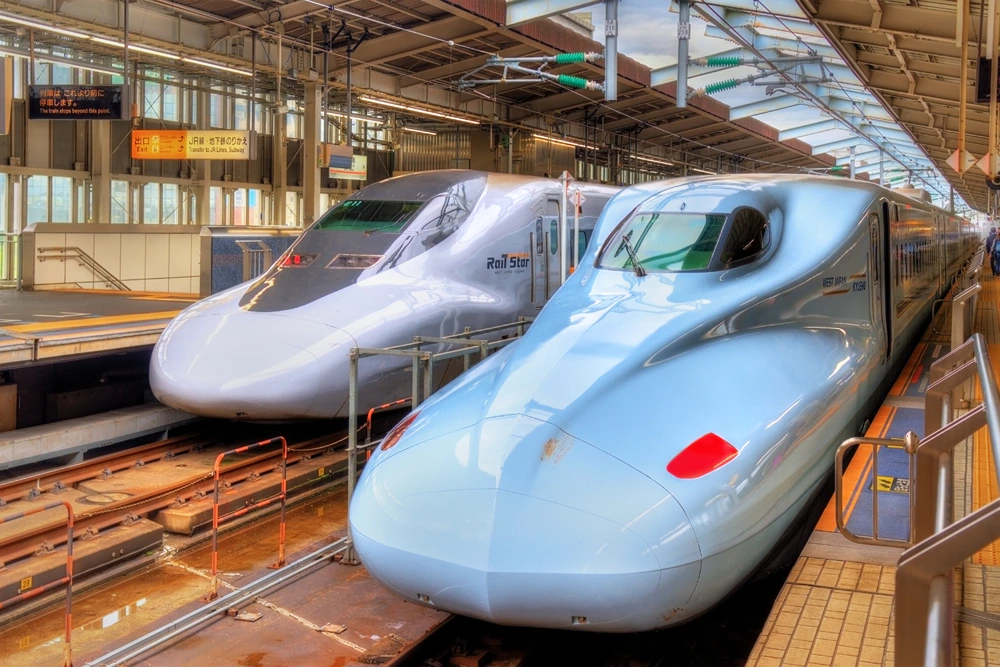
Purchasing train tickets in Japan is straightforward and can be done at machines or ticket counters located in train stations. Ticket machines often have English language options, making them accessible to tourists. For those who prefer human interaction or need assistance, ticket counters staffed by attendants are available to help with purchases. Machines are ideal for quick transactions, while counters are better for complex itineraries or when specific questions arise.
Shinkansen tickets come in two varieties: reserved and non-reserved. Reserved seats guarantee a spot on the train and are more expensive, while non-reserved seats offer flexibility but may require standing during peak times. Prices for Shinkansen tickets start at around ¥13,080 for a trip from Tokyo to Kyoto. For precise scheduling and guaranteed comfort, reserved tickets are recommended. Non-reserved tickets are suitable for those with flexible schedules or traveling during off-peak hours.
Daily transportation costs in Japan vary depending on travel needs. To budget effectively, it’s important to understand money and costs for Japan. This includes not only transportation but also accommodation, food, and activities, ensuring you make the most of your travel budget while enjoying all that Japan has to offer. For instance, a day of travel in Tokyo using public transportation might cost around ¥1,000 to ¥2,000. Costs can escalate if long-distance travel is involved. Budgeting for transportation is crucial, especially if traveling between cities. Investing in a JR Rail Pass can significantly reduce costs for extensive travel, while transportation cards like Suica offer convenience for daily commutes within cities.
- Use the JR Rail Pass for long-distance travel.
- Buy Shinkansen tickets online in advance.
- Use transportation cards like Suica for convenience.
- Plan your itinerary to minimize travel costs.
Apps and Tools for Efficient Travel
Navigating Japan’s intricate transportation system is made significantly easier with the right apps at your disposal. Google Maps, Hyperdia, and Japan Transit Planner stand out as some of the most popular tools for route planning and train schedules. Google Maps offers comprehensive route planning and real-time updates, making it a versatile choice for various types of travel, including walking, driving, and public transport. Hyperdia specializes in train schedules and fare calculations, providing detailed information about train times, transfers, and costs. Japan Transit Planner offers a similarly comprehensive approach, focusing on route planning across different modes of transportation.
For tourists, the availability of English support in these apps is crucial. Google Maps provides support in multiple languages, including English, making it user-friendly for international travelers. Hyperdia also offers English and Japanese language options, ensuring that tourists can easily navigate train schedules and fare details. Japan Transit Planner includes both English and Japanese support, providing a reliable resource for comprehensive route planning. The inclusion of English support in these apps removes language barriers, allowing tourists to confidently use public transportation without needing to speak Japanese.
| App Name | Main Features | Language Support |
| Google Maps | Route planning, real-time updates | Multiple languages, including English |
| Hyperdia | Train schedules, fare calculation | English, Japanese |
| Japan Transit Planner | Comprehensive route planning | English, Japanese |
Cultural Etiquette and Safety Tips
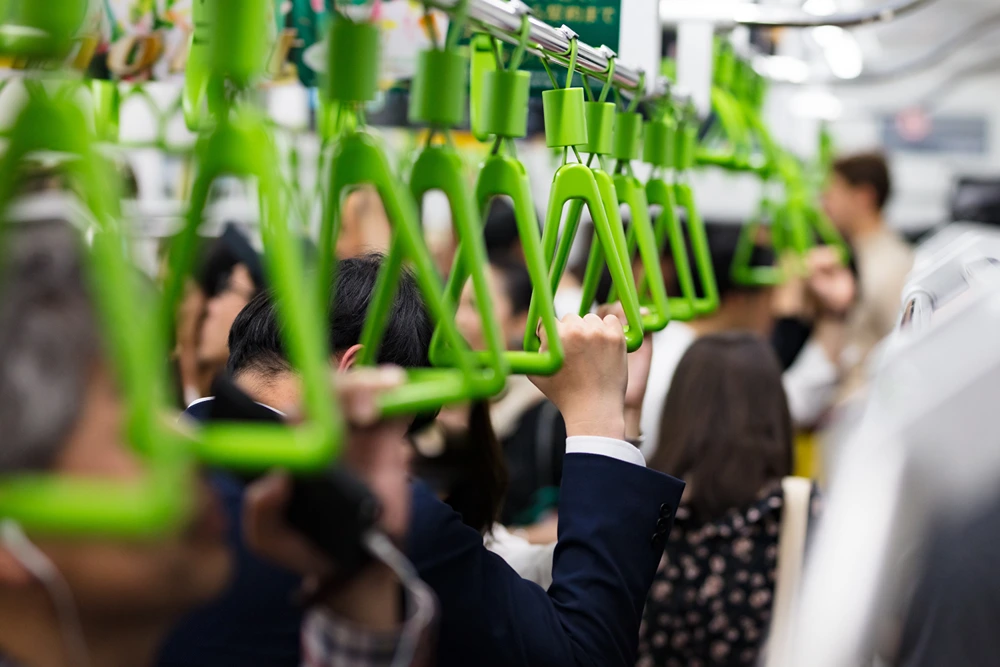
Cultural etiquette on public transportation in Japan is highly valued and adhered to by locals. Passengers are expected to remain quiet and refrain from using phones for calls. Why should you be quiet on public transport in Japan? To respect fellow passengers, as loud conversations and phone calls are considered disruptive. Eating and drinking are generally discouraged on local trains and buses, with exceptions for long-distance travel on Shinkansen. Priority seats are reserved for the elderly, pregnant women, and those with disabilities. Respecting these customs ensures a pleasant journey for everyone.
When it comes to safety, Japan is generally very safe for tourists. Is it safe to travel to Japan? Yes, Japan is one of the safest countries in the world. However, it’s important to keep an eye on your belongings, especially in crowded areas. Know the emergency numbers and have them handy. For example, the police can be reached at 110, and ambulance or fire services at 119. Also, familiarize yourself with the Japan Visitor Hotline, a valuable resource for tourists in need. Staying aware and cautious will help ensure a smooth and secure travel experience.
- Police: 110
- Ambulance/Fire: 119
- Japan Visitor Hotline: +81-50-3816-2787
- Embassy contact details
Final Words
Navigating Japan’s public transportation can initially seem daunting, but understanding the available options makes it much simpler.
From the extensive train networks like Shinkansen and local subways to the practical buses and taxis, each mode offers unique benefits.
Utilizing tools such as the Japan Rail Pass and Suica cards can significantly enhance convenience and cost-efficiency for tourists.
Respecting cultural etiquette ensures a smooth travel experience. Embrace these resources to make getting around in Japan an enjoyable and efficient part of your journey.
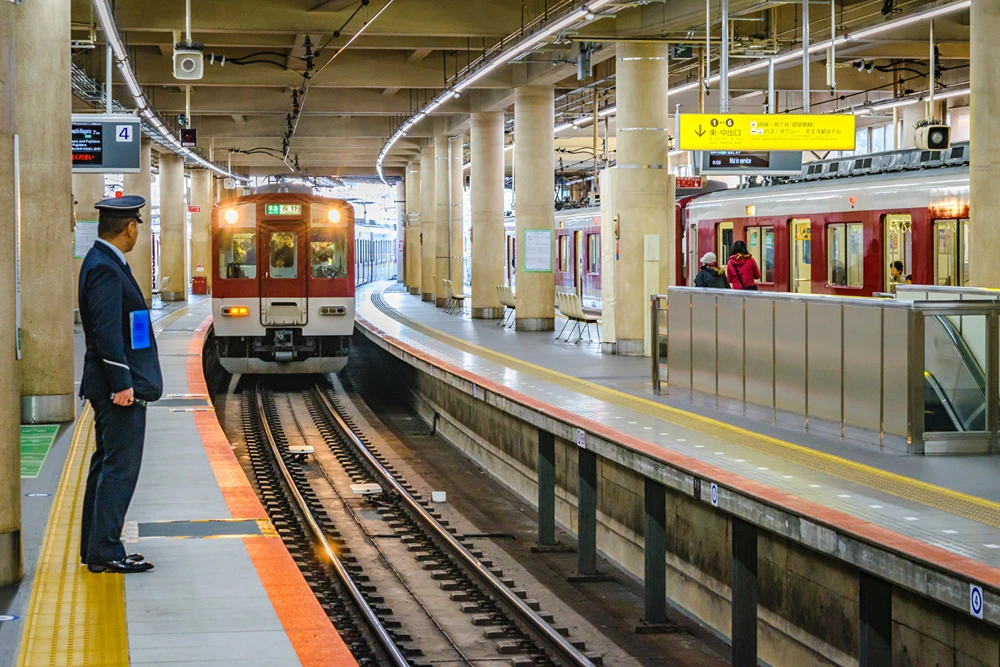
FAQ
What is the best way to get around Japan?
A: Public transportation, including trains, buses, and subways, provides efficient travel. The JR Rail Pass is highly recommended for extensive travel.
How to get around Japan without speaking Japanese?
A: Most public transportation has English signage and announcements. Apps like Google Maps and Hyperdia offer English support for easy navigation.
Is it hard for Americans to get around in Japan?
A: Japan’s public transportation is user-friendly with ample English signs. Tourist areas usually have English-speaking staff.
How to get around Tokyo?
A: Use the extensive subway and train systems. The Suica card simplifies fare payment.
How to get around Japan as an English speaker?
A: English-friendly apps, translated signage, and helpful locals make it manageable. Use tools like Google Maps and Hyperdia.
How to get around Japan as a tourist without a car?
A: Utilize trains, buses, and subways. The JR Rail Pass and transportation cards like Suica make travel convenient.
What is the cheapest way to travel around Japan?
A: Buses are generally cheaper than trains. Discounted passes and regional rail passes can lower costs.
Transportation in Japan for tourists—what should they know?
A: Trains, buses, and subways cover most areas. The JR Rail Pass and Suica cards are convenient for tourists.
Traveling around Japan by train—what options are there?
A: Options include Shinkansen, local trains, and subways. The JR Rail Pass offers unlimited travel on Japan Railways Group trains.
What unique transportation modes exist in Japan?
A: Consider the Shinkansen (bullet trains) for high-speed travel and unique rail lines like monorails and theme trains.
Hazel Wall is a passionate traveler, writer, and explorer dedicated to sharing her experiences and insights with fellow adventurers. With a background in journalism and a deep love for discovering new cultures, Hazel has journeyed across continents, immersing herself in diverse landscapes and traditions.





